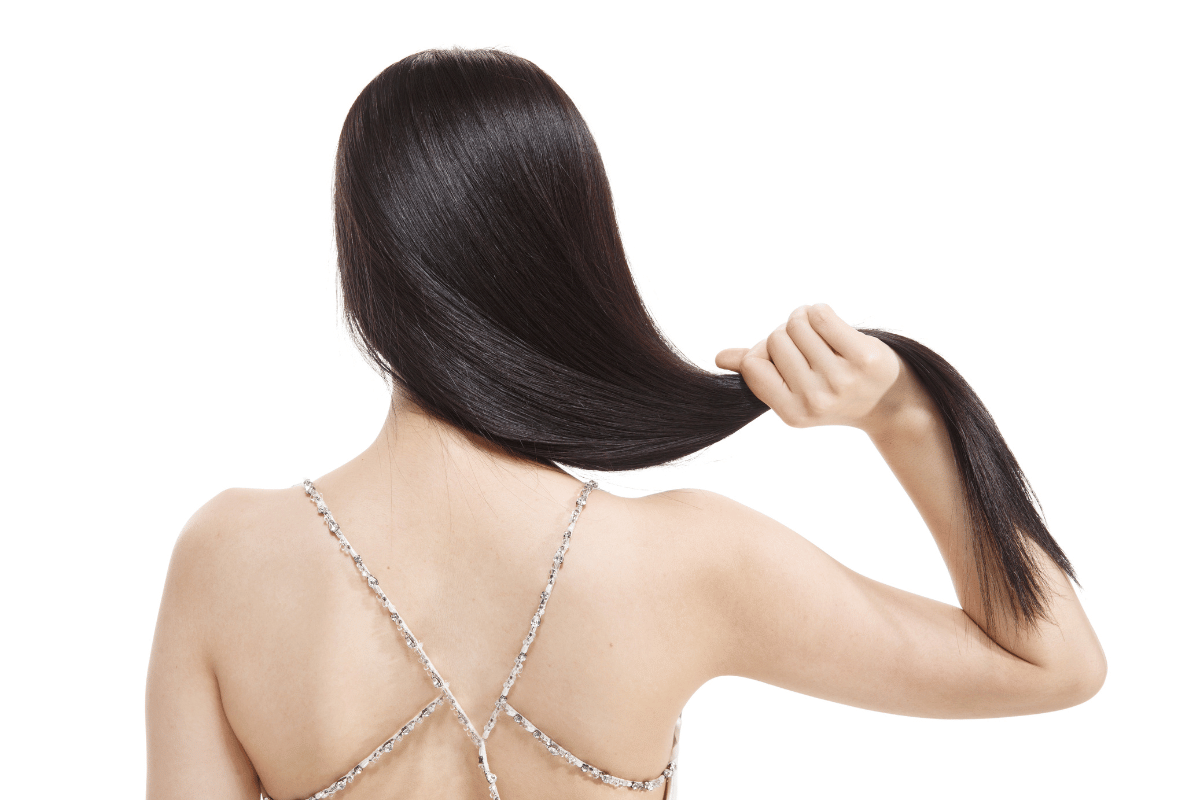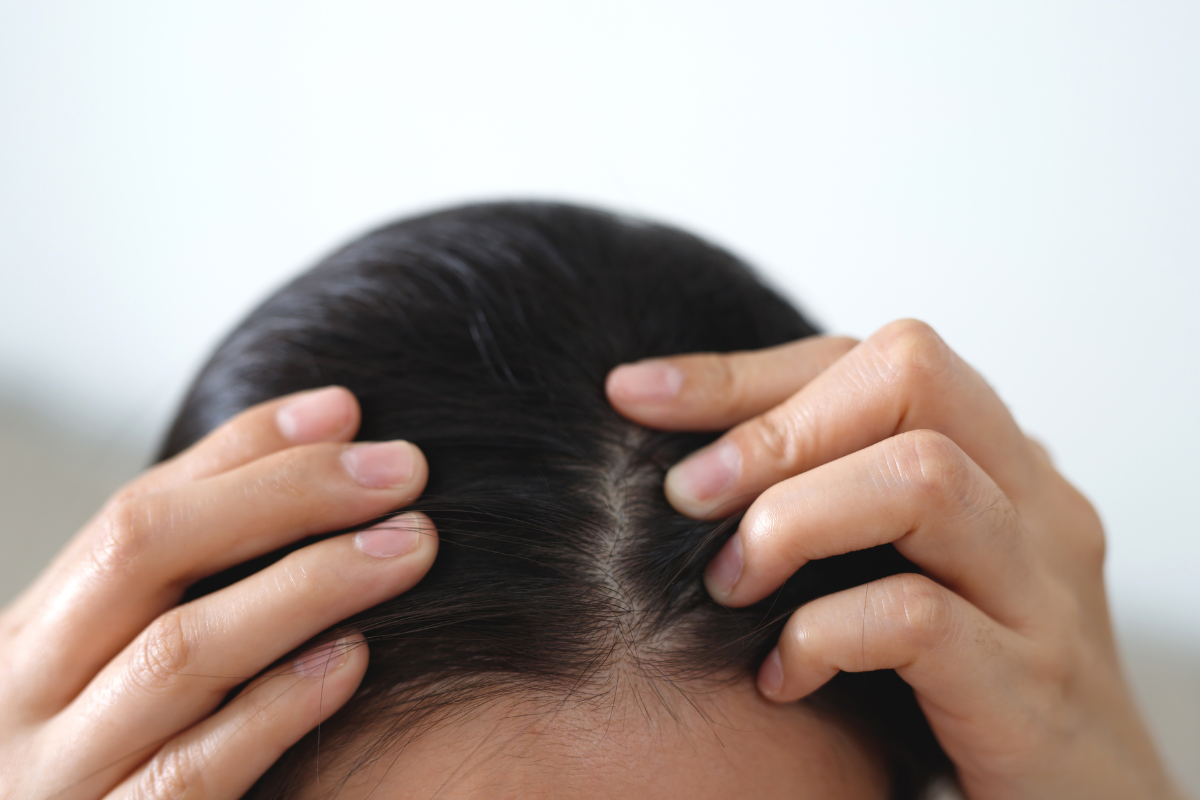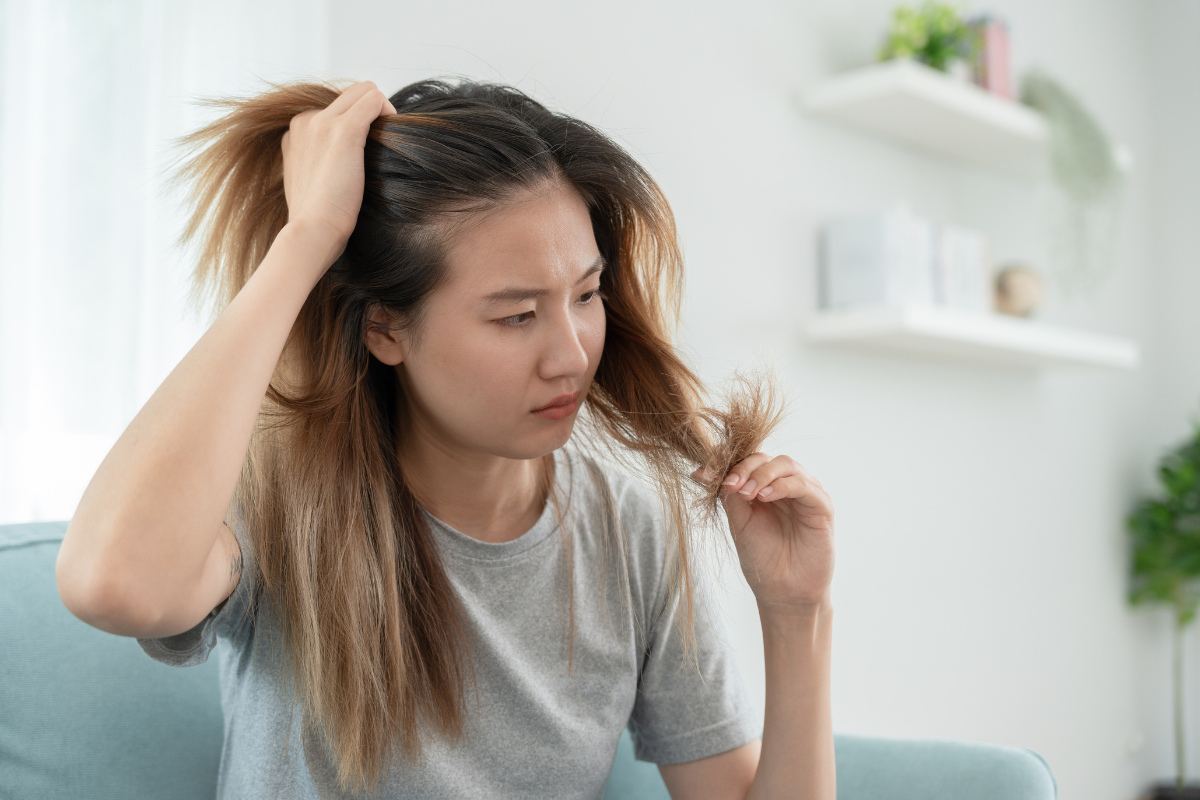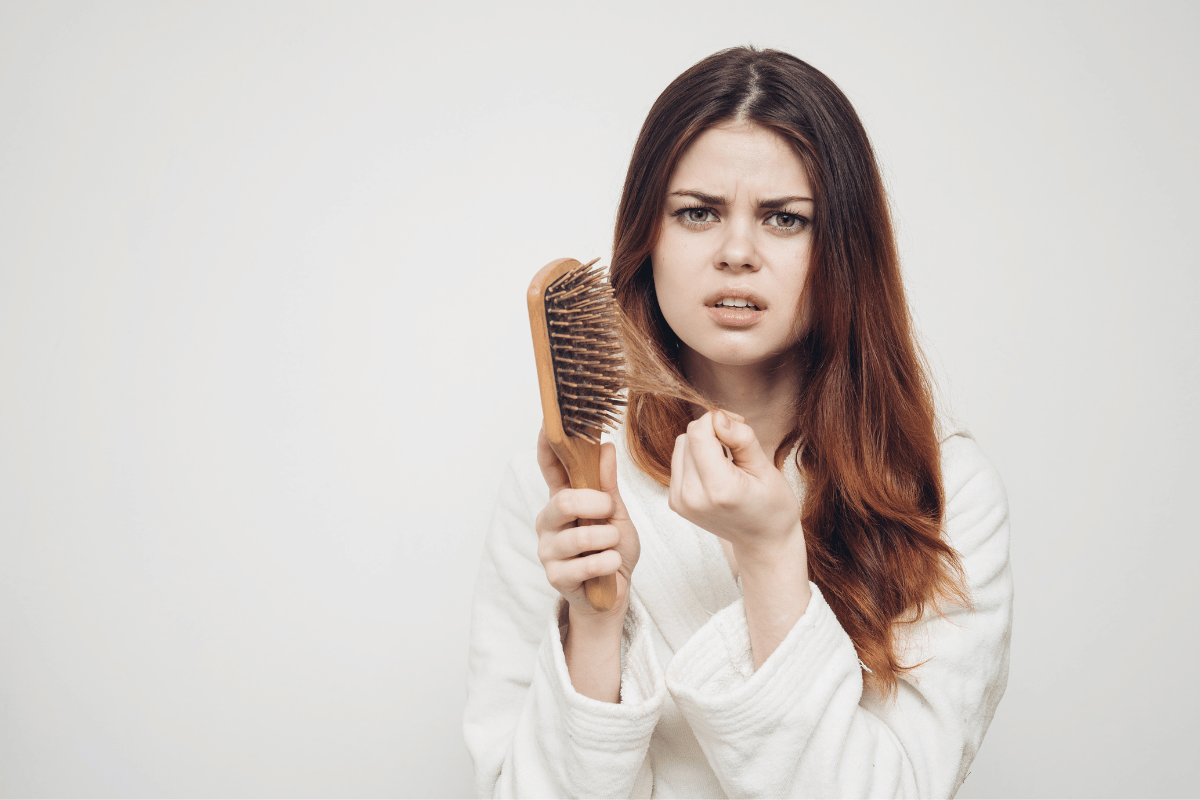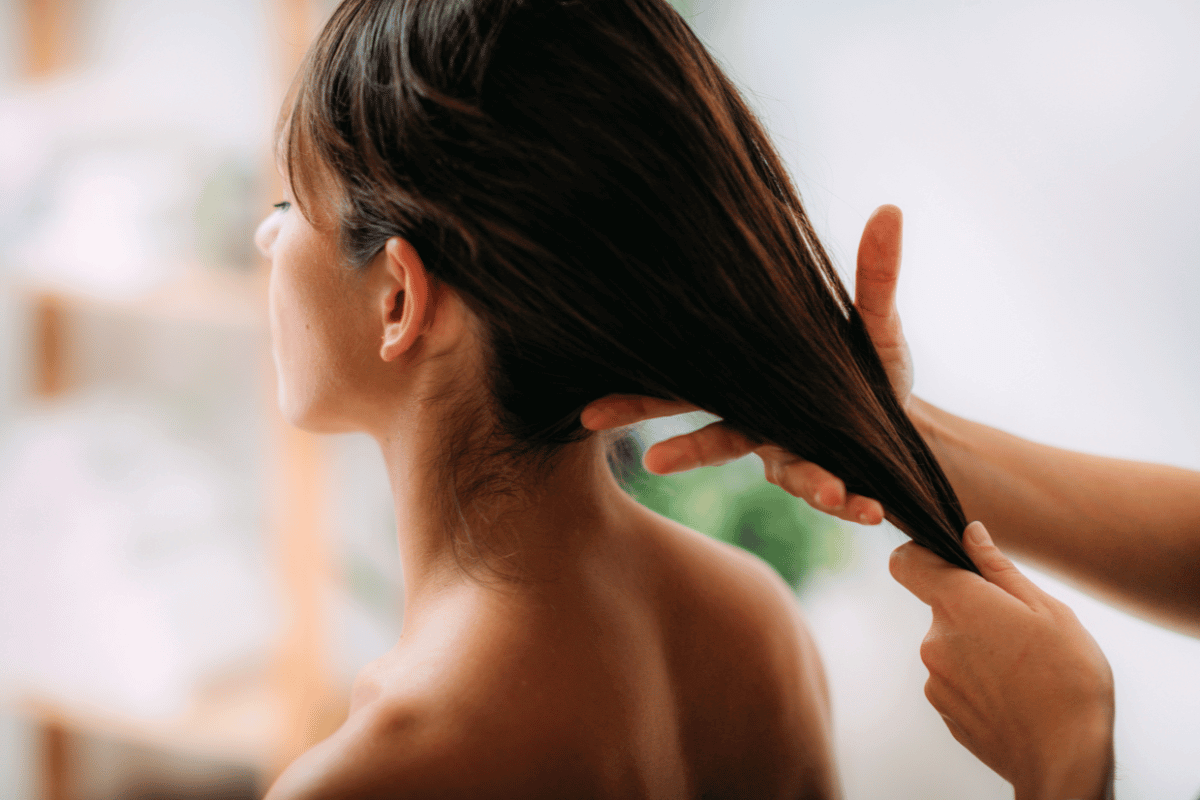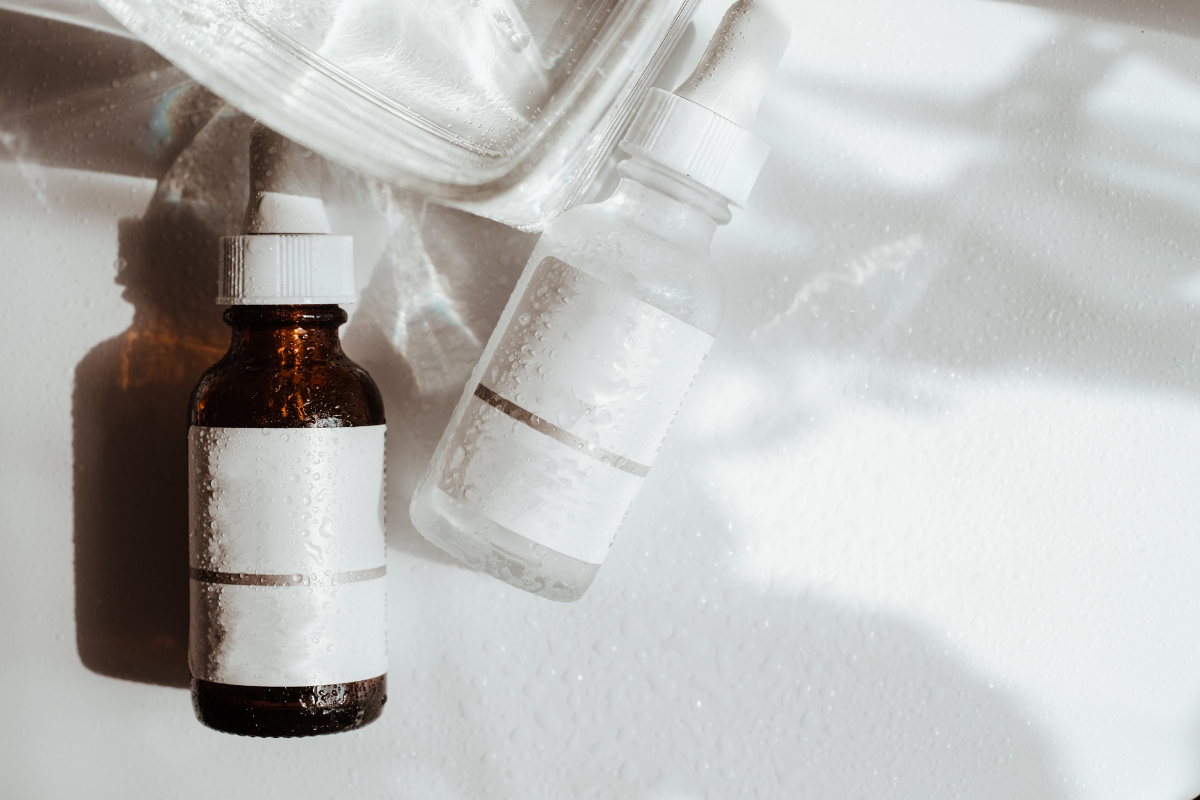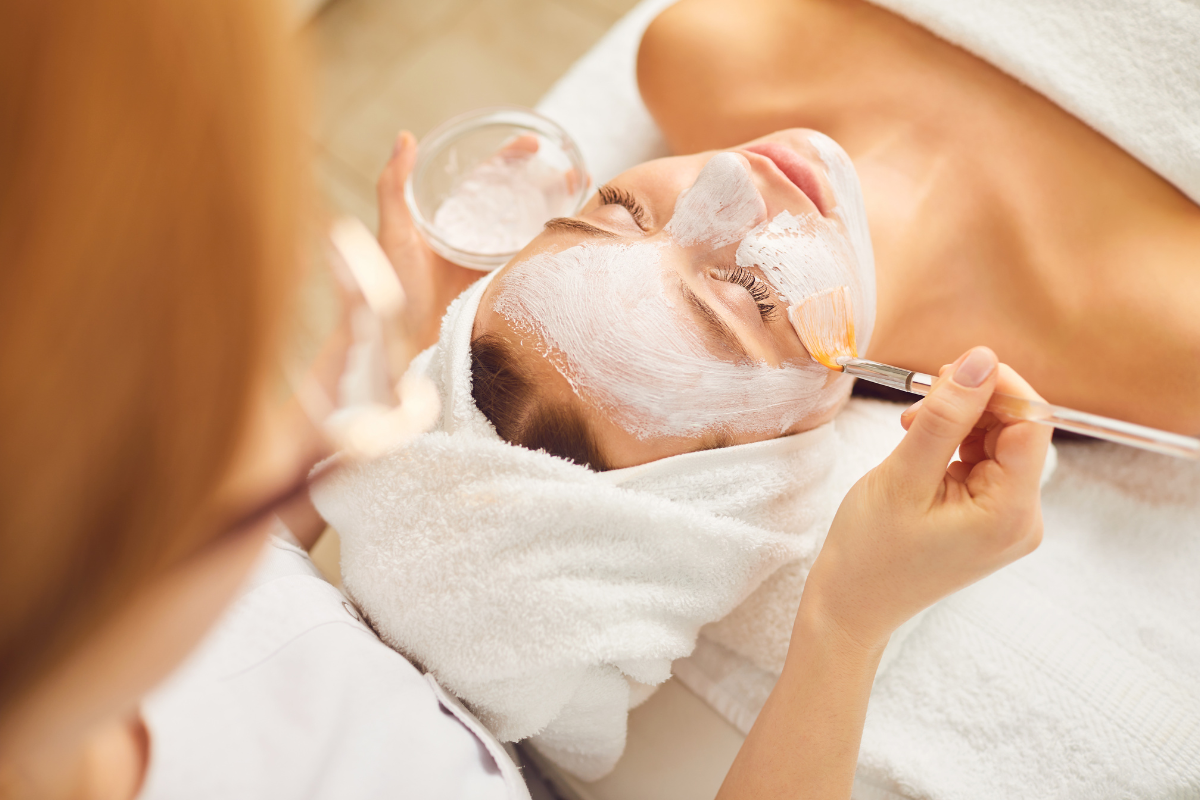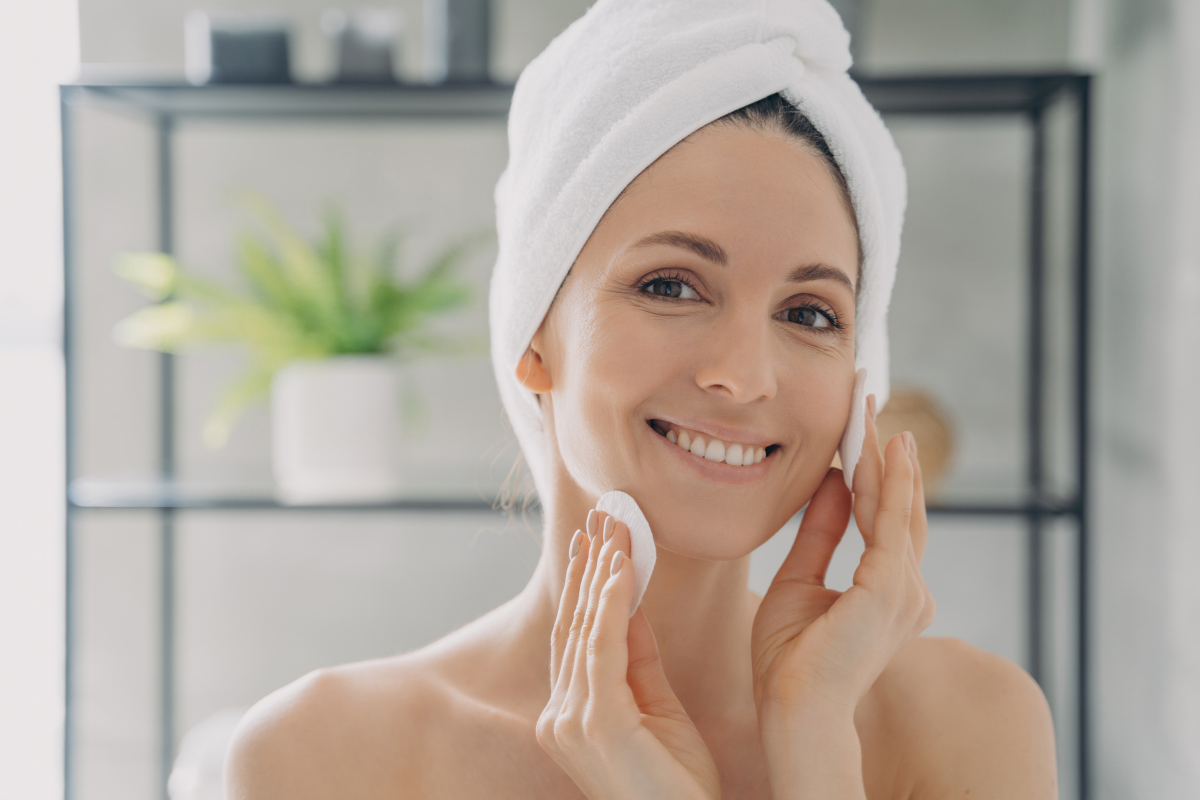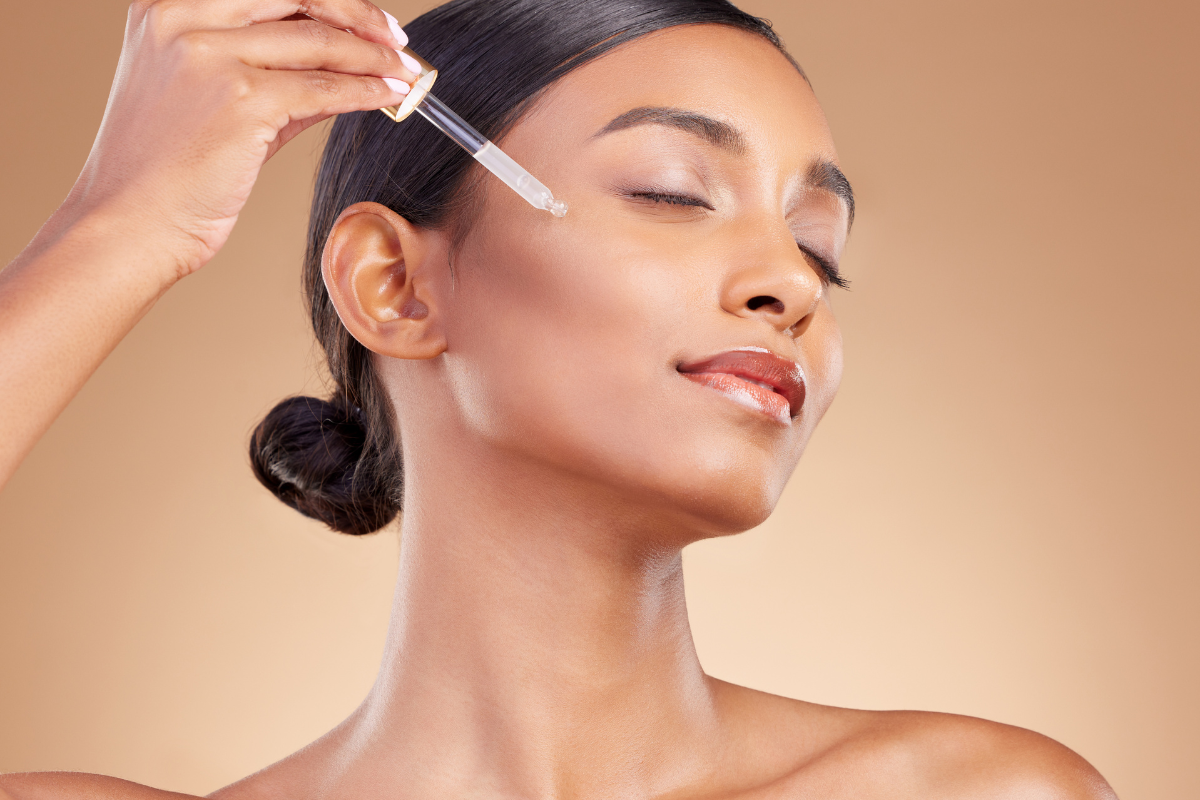Climate changes affect everyone everywhere, and that doesn’t spare human bodies. One of the major impacts of it is on our hair, which we usually notice and care very little about. Often, we are unaware of its deteriorating conditions until they become chronic. But, the way to deal with it is the right care and precautions that save it from frequent climate changes.
In this article, we will first understand how climate change impacts hair and then look at how to deal with it.
Table of Contents [hide]
Link Between Climate Change and Hair Health
Climate change is increasingly dynamic and unpredictable, affecting the environment and human health. Rising temperatures, shifting weather patterns, and growing pollution present new challenges that often go unnoticed until they impact our bodies. One significant area of concern is hair health, which is frequently overlooked.
Hair is particularly vulnerable to environmental changes. Unlike skin, which can regenerate and heal itself, hair consists of dead cells that cannot repair damage. This makes it susceptible to heat, humidity, dirt, and pollutants, leading to dryness, brittleness, and premature hair loss.
Most of the time it results in:
- Increased dryness and brittleness due to prolonged sun exposure and UV damage.
- Weakening and dullness from air pollutants penetrating hair fibers.
- Frizz and unmanageability caused by fluctuating humidity levels.
- Rough texture and breakage from exposure to hard or polluted water.
- Scalp irritation and clogged follicles from excessive sweating and oil buildup.
- Scalp sensitivity and inflammation triggered by higher levels of allergens.
- Hair loss and thinning linked to stress from environmental changes and climate anxiety.
Factors Influencing Hair Health Due to Climate Change
To understand the connection between climate change and hair health, let’s break down the specific factors and how they interfere with hair’s natural strength, shine, and growth. From temperature extremes and air pollution to water quality and seasonal shifts, here are the main ways climate change is affecting hair health and what you can do about it:
1. Temperature Extremes
As temperatures worldwide become increasingly unpredictable, our hair bears the brunt of these changes in various ways:
- Increased Sun Exposure: Rising temperatures lead to longer periods of sun exposure, especially in areas experiencing prolonged heatwaves. Excessive UV exposure degrades keratin (the protein that forms hair) and weakens the hair’s outer layer, causing brittleness and split ends. UV rays also strip hair of essential moisture and natural oils, leading to frizz and dryness.
- Humidity Fluctuations: Extreme weather often means fluctuating humidity levels. High humidity can make hair frizzy, unmanageable, and prone to tangling, while low humidity dries out hair, leading to split ends and breakage.
- Scalp Sensitivity: Scalp health plays a crucial role in hair growth and resilience. High temperatures can cause sweating and oil buildup, clogging hair follicles and potentially leading to scalp issues such as dandruff, itchiness, and even hair loss.
2. Air Pollution
Climate change is directly linked to increased pollution levels, which also play a significant role in damaging hair:
- Airborne Pollutants: Pollutants like particulate matter (PM2.5), sulfur dioxide, and nitrogen dioxide penetrate the hair cuticle, leading to oxidative stress that causes hair to lose shine, become brittle, and weaken. Studies have shown that people in highly polluted areas tend to experience more hair thinning and loss than those in cleaner environments.
- Free Radical Damage: Pollutants in the air lead to free radicals, highly reactive molecules that harm the hair’s proteins and lipids, leading to structural integrity loss. Over time, this damage can lead to hair that is more prone to breakage, thinning, and dullness.
3. Water Pollution
Climate change has also caused increased contamination of water sources, affecting the quality of water we use to wash our hair.
- Heavy Metals and Chemicals: Polluted water often contains heavy metals like lead, mercury, and copper, which can be toxic to hair. When these metals bind to the hair shaft, they cause structural damage and weaken hair over time. Chemical pollutants such as chlorine and fluoride strip hair of its natural oils, leading to dryness and breakage.
- Hard Water Effects: Areas affected by drought or water scarcity tend to rely more on hard water, which has high mineral content. Hard water leaves mineral deposits on the scalp and hair, making it difficult to maintain moisture and resulting in a rough texture that can weaken hair strands.
4. Changes in Seasonal Patterns
Seasonal shifts, particularly warmer winters and prolonged summers, are another aspect of climate change affecting hair health.
- Prolonged Exposure to Seasonal Allergens: Longer growing seasons and warmer climates lead to higher concentrations of airborne allergens like pollen, which can irritate the scalp. This irritation can disrupt hair follicles and contribute to hair loss or thinning.
- Dry Winter Winds and Indoor Heating: While cold winds sap moisture from hair, creating a dry and brittle texture, the increased use of indoor heating adds to the dryness by reducing the humidity in the air.
Stress from Climate Change
The ongoing stress and anxiety tied to climate change and environmental challenges can trigger a range of physiological responses in our bodies. Stress, which disrupts normal hair growth cycles, can often cause hair loss and thinning.
- Telogen Effluvium: Stress from anxiety-inducing climate events, such as natural disasters, can push hair into a resting phase (telogen), causing it to shed more quickly than usual. While this condition is usually temporary, it can become chronic if the stress is sustained.
- Cortisol Levels and Hair Health: Elevated cortisol levels from chronic stress can disrupt the natural balance of hair growth cycles, weakening the hair and making it prone to shedding and thinning.
Tips to Protect Hair from Climate Change Impacts
The good news is there are ways to mitigate these effects and protect hair health in the face of environmental changes. Here’s a look at some practical tips:
Manage Stress:
Incorporate stress-relieving practices such as meditation, exercise, and adequate sleep to reduce cortisol levels, which helps prevent stress-induced hair issues.
Filter Your Water:
Installing a shower filter can help remove minerals and contaminants, which can significantly improve hair texture and strength, particularly in hard-water areas.
Keep the Scalp Clean:
Regularly cleansing the scalp to remove pollutants, sweat, and oil buildup is essential.
For optimal scalp care, try Foligain Hair Lotion. Suitable for both men and women experiencing pattern baldness, it utilizes Anagain to rejuvenate hair growth and Saw Palmetto to block enzymes that contribute to hair loss. This lotion fortifies hair roots, promoting thicker and stronger regrowth.
Use Antioxidant-Rich Products:
Antioxidants combat free radical damage. Look for shampoos, conditioners, and serums with antioxidants like vitamin E, C, or green tea extracts, which help neutralize harmful pollutants.
Opt for UV Protection:
Sunscreen isn’t just for skin; hair can benefit from UV-protective sprays or leave-in conditioners. Hats and scarves also add a physical barrier against the sun and pollutants.
Use Moisture-Locking Products:
Climate change often strips hair of its moisture, so using products that retain hydration is essential.
Mintop Pro with Procapil Hair Therapy is an excellent choice. This hair serum, enriched with glycerin, procapil, and dimethicone, revitalizes your hair while restoring scalp hydration and preventing moisture loss. It also helps slow the hair aging process and controls hair fall, ensuring your hair remains resilient and healthy.
Putting it to end
Climate change can take a toll on your hair health, but you don’t have to deal with it alone! Have questions or need personalized advice? – Our hair experts at My Derma Store are just a message away! Reach out our hair experts today and let’s chat about how to keep your hair healthy and vibrant—and get started with the best care they deserve!



